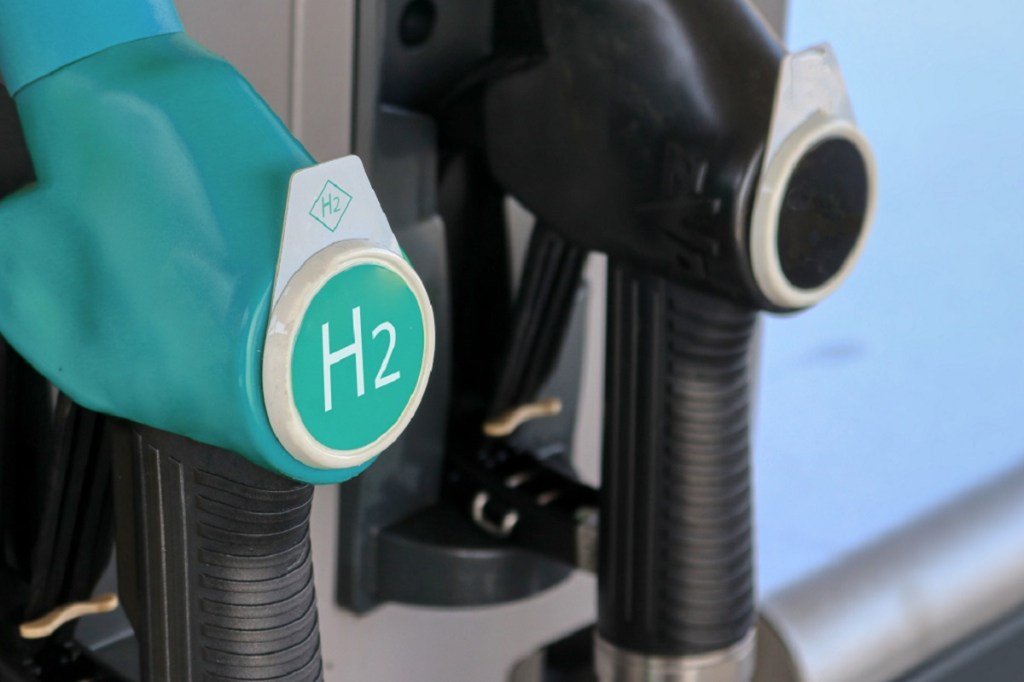Revenue generated by service stations offering hydrogen is expected to reach $9 billion by 2036, revealed a study by Information Trends.
The deployment of over 800 hydrogen stations during 2021 shows a dramatic increase from 2020 and the highest number of station deployments in a single year.
China, Japan, and Korea are the nations with the highest number of hydrogen offerings in the Asia-Pacific region, with deployments also on the rise in Australia and New Zealand.
Haani Kambrani, Senior Research Analyst at Information Trends, said the costs of hydrogen stations are declining, while their capabilities are growing.
“There is also a push to supply these stations with ‘green’ hydrogen, i.e., hydrogen produced from clean energy sources such as solar panels and wind turbines. This trend is in line with a global drive for green energy completely free of carbon.”
The high projected revenue number is a result of a boost of hydrogen cell vehicles entering the market. Hydrogen stations are being deployed not only for passenger vehicles, but also buses, trucks, and forklifts, and in the coming years rail, aircraft, and maritime vessels.
While currently the Australian Federal Governments is providing financial assistance through The Australian Renewable Energy Agency (ARENA) to help build hydrogen stations, such as Viva Energy’s project in Geelong, this study projects that by 2030, the industry in many countries will be self-sufficient and no longer need government intervention.
Leading the transition to hydrogen-based transportation in Europe are Germany, France, and the UK, with Austria and Denmark being amongst the first countries where enough hydrogen stations were deployed to allow an Fuel Cell Vehicle (FCV) to travel across the country.

